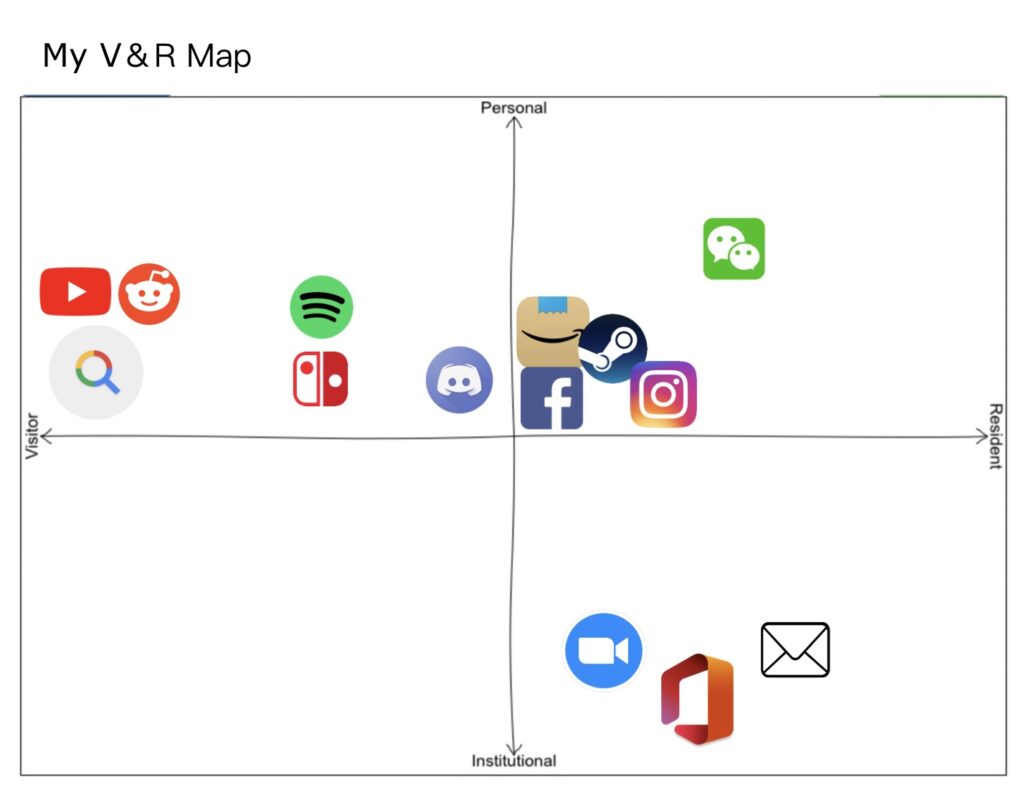· Thread Discussion: How does data privacy and security limit and/or promote a PLN?
The online space is such a unique space that is full of potential for one to engage in a larger community in convenient and creative ways. Data privacy provides the foundation of trust for this medium of conversation and self-expression, securing one’s digital identity.
I would more likely post a photo with my friends if my account is set private and need requests to be my contacts. However, I am fully aware that once I leave traceable data online, it needs my active effort to make it fully disappear, not to mention if it was stored in others’ phone and then entangled with their data. In addition, if it was a photo with my friend, it was an entangled data about my friend and I in the first place at the moment of its publication.
The rise of social media began when I was about to graduate primary school, and I began to notice its power in connecting people together as the years pass by. I learned that I create more “traceable data” about myself and potentially people around me than I can think of, and vice versa. That obviously limited my will to express myself online when more and more people are added as my contacts. Not only that I am cautious of presenting out personal data, but also I am worried that when the data was static in itself, that my naiveness can stay there waiting for its republishing moment in the future. As a result, I post mostly photos about the natural world, and the majority of data I create are (hopefully) locations rather than opinions.
My trust towards data privacy online is fragile, and so is my trust towards people since not all my contacts are close and caring friends being cautious about data privacy. I have known relative who is able to let me know everything happening in their day, from what they had for three meals to what is their lunch schedule with whom in the next two days. A private detective cannot know any better about them than I do (jk).
I always have the feeling about things being out of control of the unexpectedness of data privacy, and people. I think those are what drag me back when I attempt to build a more active PLN and expand my professional learning network.

Recent Comments